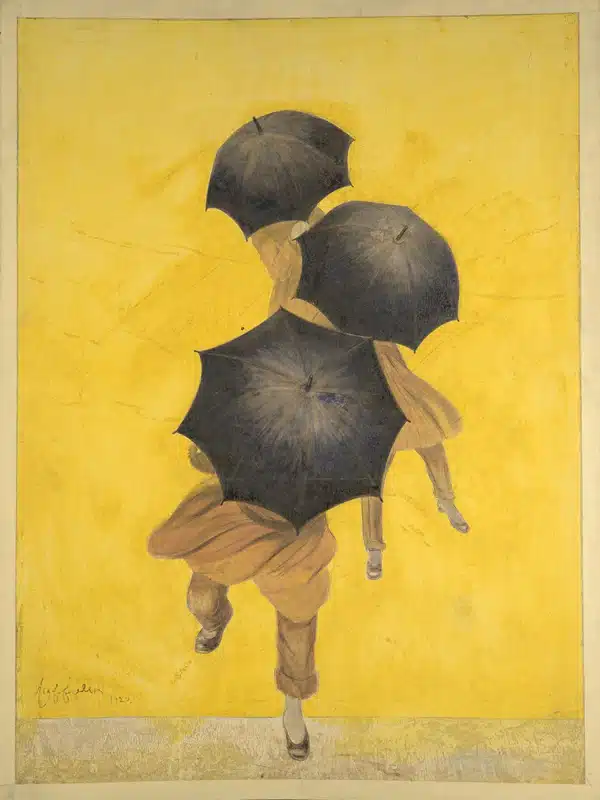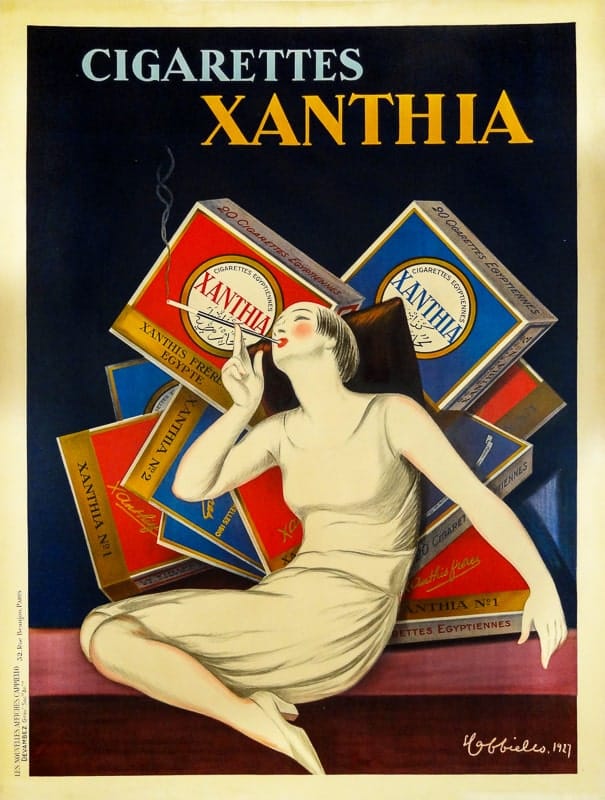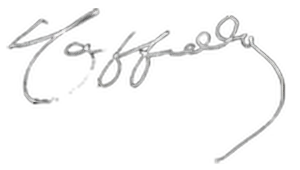The Roaring Twenties
1919 – 1929
Post-War Era and Social Changes
After the 1914-1918 war, nothing would ever be the same again. There had been too much suffering, too many hardships. Cappiello would witness these changes. Women would no longer wear corseted waists, nor would they be hindered by long, hard-to-wear dresses or elaborate hats. They would have fewer domestic staff, and many would take on household chores themselves—washing laundry, for example, and using new appliances. They would become “natural.”
Artistic Evolution
During the Roaring Twenties, from 1919 to 1929, the lines in Cappiello’s posters became more fluid, the play of shadows grew more pronounced, and colors exploded. As for his imagination, it remained as boundless as ever. “We are swept away, seduced, intoxicated by the circus of comical elephants, playful bears, shimmering parrots, and prancing horses, by these fireworks of multicolored petals, these showers of flowers, these cascades of ribbons and streamers, this bacchanal of women who all seem possessed by the devil, by this carnival of Italian comedy, by these pages, these pashas, these kings, these monks, these operetta rajahs, by this whirl of demons and genies, these dances of dryads and fauns—in short, by all these forms drunk with movement, born of a tightrope walker’s imagination, frolicking in the absolute as if in a dream.”
(L’Art Vivant, December 15, 1926 – The Masters of the Poster / Cappiello by Louis Chéronnet).
New Collaboration and Projects
At the end of 1918, Cappiello left Vercasson. He then signed an exclusive contract with Devambez for the publication of his posters while retaining his independence for other projects. He was no longer required to produce a minimum number of works monthly, but Cappiello’s fame was such that he always exceeded the quotas previously imposed on him. In 1921, to limit the risks for Devambez, which was more of an engraver and fine art publisher than a poster publisher, they jointly created the limited company: “Les Nouvelles Affiches Cappiello / Atelier d’Art Devambez.”
Throughout this period, Cappiello participated in numerous exhibitions, notably in 1920 at the first Advertising Salon in Paris and the Poster Salon in Beauvais, in 1922 at the Venice Biennale and the French Institute in New York. In 1923, he exhibited his poster works at the Galerie Devambez. This event, due to its scale and impact, remained a major milestone in his career, highlighting the significance of Cappiello’s posters during the Roaring Twenties.



